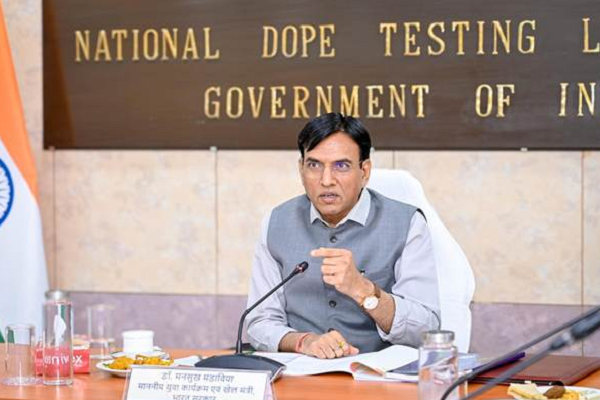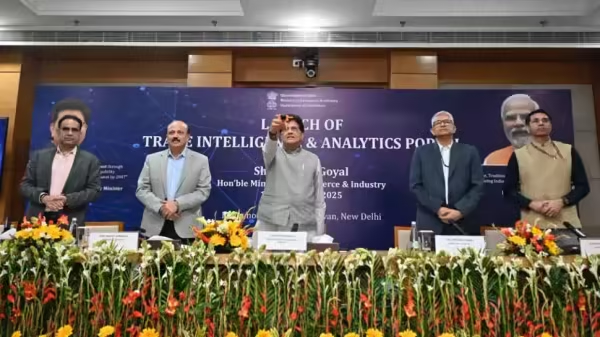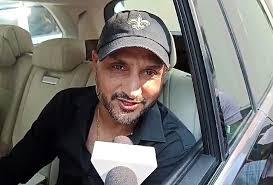For a diagnosis, it is often believed that the real answers lie in scans, blood reports, and long investigation panels. But according to Apollo neurologist Dr Sudhir Kumar, the strongest diagnostic clues often don’t come from machines at all. They come from the patient’s story. He explained on X that modern medicine may rely heavily on technology, yet the foundation of diagnosis still begins at the bedside. A careful conversation and a focused examination can reveal far more than many expensive tests ever will.
Dr Sudhir Kumar highlighted how the growing dependence on imaging and biomarkers has changed the way many doctors approach uncertainty. When an illness seems unclear, the usual reaction is to order more tests, ask for additional scans, or add more biomarkers. But doing more does not always bring more clarity. He pointed out that excessive investigations frequently lead to false positives, incidental findings, unnecessary expenses, anxiety for the patient, and delays in reaching the real answer.
He emphasised that returning to the basics is often the most effective approach. Sitting with the patient, asking deeper questions, listening closely, and performing a thorough examination can unlock the diagnosis far earlier than a lab report. He noted that a detailed medical history alone can provide almost 80 per cent of the diagnostic direction, and a physical examination contributes another 10 to 15 percent. Tests usually serve as confirmation rather than discovery.
Real-life examples
He explained how powerful bedside skills can be by sharing real examples where the diagnosis came from careful listening rather than scans. In one case of temporal arteritis, every test looked normal, but the patient casually mentioned scalp pain while combing their hair along with jaw discomfort. That tiny detail cracked the case. In another example, someone actually had a heart attack even though their ECG was normal. What helped was the story of chest pain getting worse after a walk, which pushed doctors to repeat the test and finally catch the changes.
He recalled a patient with a subarachnoid haemorrhage whose first CT scan didn’t show anything. The turning point was the person saying they had the worst headache of their life, which led to a lumbar puncture that confirmed it.
He shared in another instance how hyperthyroidism was mistaken for anxiety until a few questions revealed heat intolerance and a physical exam showed tremors. Parkinson’s was once confused with a stroke until the patient mentioned tiny handwriting and reduced arm swing. Cluster headaches were treated as sinus problems until a pattern of daily severe attacks emerged. He also described cases where fainting, swollen legs, breathing trouble, and even droopy eyelids were understood only after a proper conversation, not after expensive scans.
His message to junior doctors
For junior doctors, he stressed that technology can assist but cannot replace clinical reasoning. A scan can show images, but only a thoughtful clinician can understand the person behind the symptoms. When the diagnosis seems confusing or the path ahead feels unclear, he advised returning to the patient, asking again, listening again, and examining again. Many answers, he said, reveal themselves not in reports but in the quiet details patients share when someone truly pays attention.
Dr Sudhir Kumar highlighted how the growing dependence on imaging and biomarkers has changed the way many doctors approach uncertainty. When an illness seems unclear, the usual reaction is to order more tests, ask for additional scans, or add more biomarkers. But doing more does not always bring more clarity. He pointed out that excessive investigations frequently lead to false positives, incidental findings, unnecessary expenses, anxiety for the patient, and delays in reaching the real answer.
He emphasised that returning to the basics is often the most effective approach. Sitting with the patient, asking deeper questions, listening closely, and performing a thorough examination can unlock the diagnosis far earlier than a lab report. He noted that a detailed medical history alone can provide almost 80 per cent of the diagnostic direction, and a physical examination contributes another 10 to 15 percent. Tests usually serve as confirmation rather than discovery.
Real-life examples
He explained how powerful bedside skills can be by sharing real examples where the diagnosis came from careful listening rather than scans. In one case of temporal arteritis, every test looked normal, but the patient casually mentioned scalp pain while combing their hair along with jaw discomfort. That tiny detail cracked the case. In another example, someone actually had a heart attack even though their ECG was normal. What helped was the story of chest pain getting worse after a walk, which pushed doctors to repeat the test and finally catch the changes.He recalled a patient with a subarachnoid haemorrhage whose first CT scan didn’t show anything. The turning point was the person saying they had the worst headache of their life, which led to a lumbar puncture that confirmed it.
He shared in another instance how hyperthyroidism was mistaken for anxiety until a few questions revealed heat intolerance and a physical exam showed tremors. Parkinson’s was once confused with a stroke until the patient mentioned tiny handwriting and reduced arm swing. Cluster headaches were treated as sinus problems until a pattern of daily severe attacks emerged. He also described cases where fainting, swollen legs, breathing trouble, and even droopy eyelids were understood only after a proper conversation, not after expensive scans.





